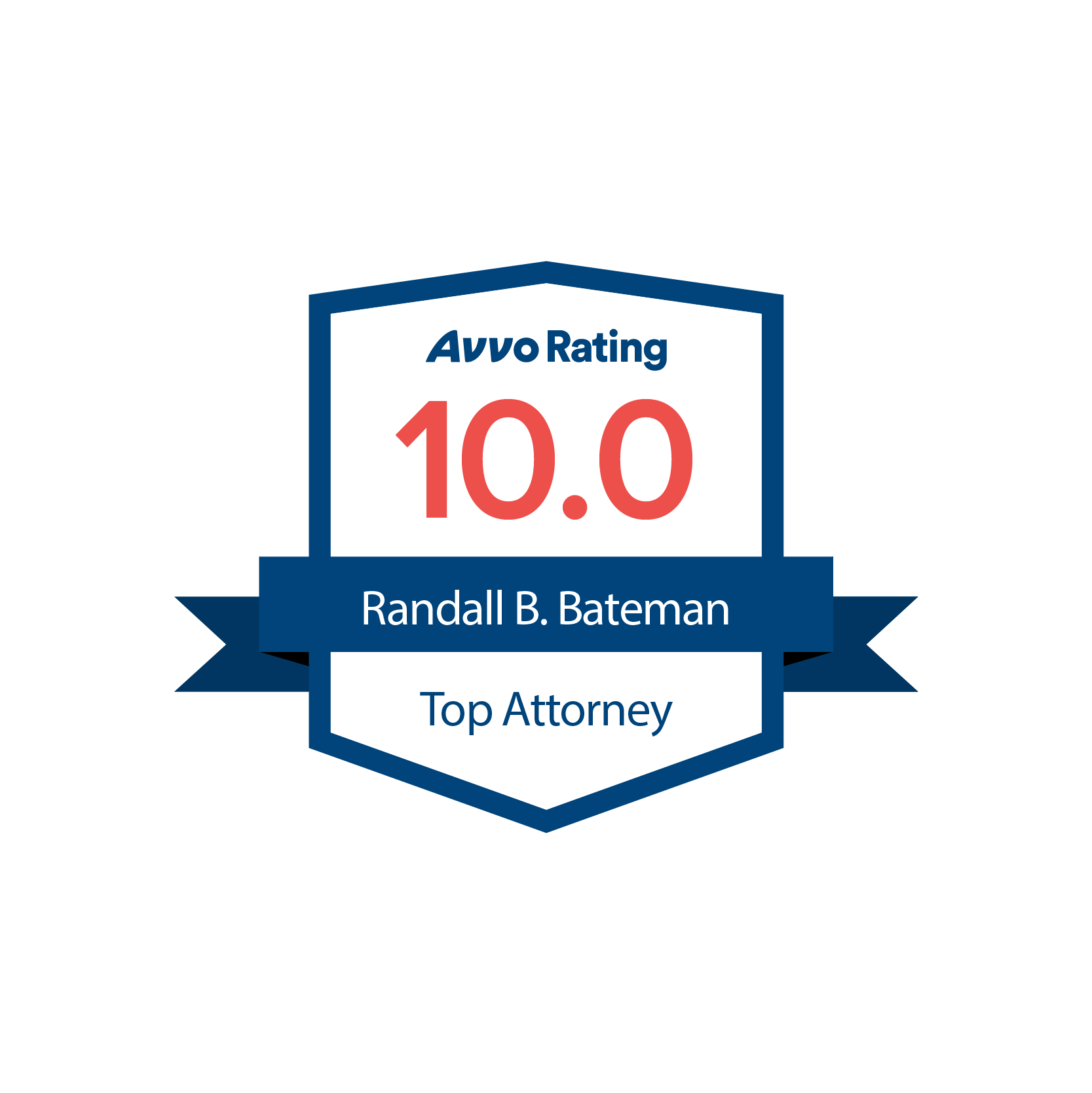
Patent Protection Pitfalls
When seeking patent protection, applicants often meet with a variety of challenges. Our team at Bateman IP can point out these issues so that you can avoid the most common pitfalls.
The One Year “On Sale” Bar
In the United States, a patent application must be filed within 1 year of the first offer for sale or the first public disclosure of the invention. The offer for sale can occur even before the product has been built (this is a common practice in custom software). Thus, it is important to document any sales activity and to ensure that patent applications are filed within the 1-year time frame.
Proper Inventorship
Prior to September of 2012, patent applications in the United States were filed in the name of the inventors, not their employers. It is important to properly name those who were involved with the invention. If it is determined that the inventorship has been deliberately misrepresented, the patent can be invalidated. It is important to determine who actually was involved with the invention set forth in the claims of the patent application. Just because you own the company does not mean you should be listed on the patent. It is now possible to file the application in the name of the owner rather than the inventors. However, the inventors must still be identified.
Aboslute Novelty
Unlike the United States, most countries require “absolute novelty.” In other words, a patent cannot be filed after there has been public disclosure of the invention. Thus, if you desire patent protection rights in foreign countries it is important to file the patent application before any public disclosure.
Medical Procedures
In many countries, medical procedures or any method for treating the human body are not patentable subject matter. In the United States, a patent may be obtained for a medical procedure, however, doctors are not liable for infringement when performing the medical procedure. This does not mean, however, that a patent on a medical procedure is completely without value. Often a medical products company may be a contributory infringer if they provide materials that facilitate infringement of the patent’s claims.
First Inventor to File
On March 16, 2013, the U.S. transitioned to the “first inventor to file” system. Any patents filed on or after that date will be granted not to the first person to invent but rather to the first inventor to file a patent application. An inventor, however, can predate a prior filed application by demonstrating that his or her invention was publicly disclosed prior to the other party’s filing date. This is a risky basis to rely on, however, because the invention which the inventor may ultimately be able to patent may be restricted to the exact embodiment what was previously disclosed.



